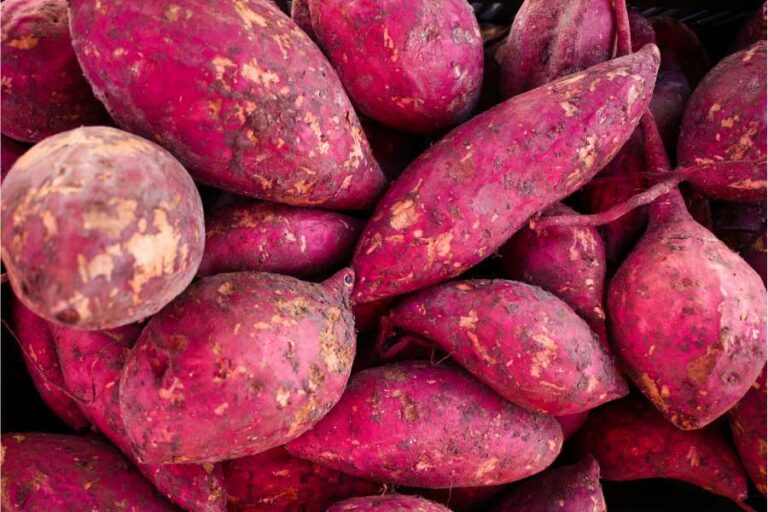Introduction: Burundian Salads
Salads are an important part of the Burundian cuisine. They are often served as a side dish to a main course or as a light meal on their own. Burundian salads are known for their use of fresh, locally sourced ingredients and bold flavors. They can be enjoyed year-round, as the country has a tropical climate that allows for the cultivation of a wide variety of fruits and vegetables.
Staple Ingredients in Burundian Salads
The most common ingredients in Burundian salads are beans, grains, and legumes. These provide a base for the salad and are often cooked and seasoned before being added to the dish. Millet, sorghum, and rice are commonly used grains in Burundian salads, while beans such as black-eyed peas, kidney beans, and chickpeas are popular choices for legumes.
Common Vegetables in Burundian Salads
Burundian salads are often filled with a variety of fresh and colorful vegetables. Tomato, onion, and cucumber are some of the most commonly used vegetables in salads, along with bell peppers, carrots, and green beans. Other popular choices include avocado, radish, and lettuce. These vegetables are typically chopped and mixed together to create a vibrant and flavorful dish.
Popular Fruits in Burundian Salads
Fruits are also commonly used in Burundian salads, adding a touch of sweetness and acidity to the dish. Pineapple, mango, and papaya are popular choices, as they are abundant in the country. Other fruits that can be found in Burundian salads include banana, passion fruit, and orange. These fruits are often cut into small pieces and mixed with other ingredients to create a unique flavor combination.
Traditional Spices and Herbs in Salads
Spices and herbs are an important component of Burundian cuisine, and they are often used in salads to add flavor and depth. Some of the most commonly used herbs in Burundian salads include parsley, cilantro, and basil. Spices such as cumin, turmeric, and coriander are also used to add a subtle kick of flavor to the dish.
Dressings and Sauces for Burundian Salads
Burundian salads are often dressed with a simple vinaigrette made with oil, vinegar, and salt. Some salads may also be dressed with a peanut-based sauce, which is commonly used in the country. This sauce is made with ground roasted peanuts, tomato paste, and spices, and adds a rich and creamy flavor to the dish.
Regional Variations in Burundian Salads
Burundian salads can vary depending on the region of the country. In the northern part of Burundi, salads are often made with potatoes and cassava, while in the southern region, salads may feature more root vegetables and leafy greens. Coastal regions may also incorporate seafood into their salads.
Nutritional Value of Burundian Salads
Overall, Burundian salads are a healthy and nutritious dish. They are typically low in fat and calories, and are rich in vitamins and minerals. The use of fresh fruits and vegetables in salads provides the body with important nutrients, while the addition of legumes and grains adds fiber and protein to the dish.

